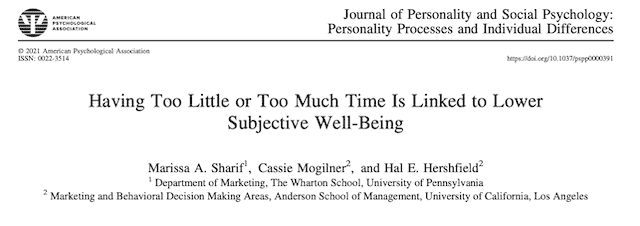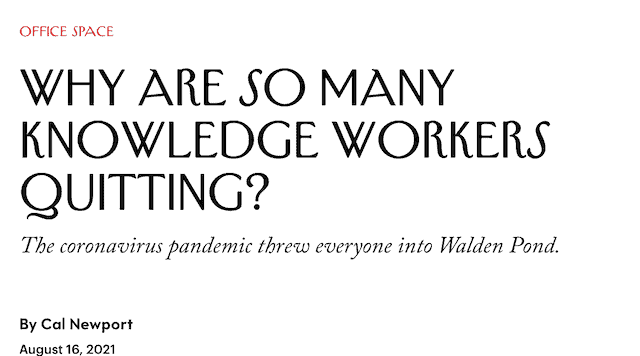
In a recent essay for the New Yorker, I take a closer look at the growing popular dissatisfaction with the concept of “productivity,” a trend I underscore, in part, by citing some of the comments from readers of this newsletter.
In my piece, I focus on the precise economic definition of this term, which measures the output produced from a fixed amount of input. I argue that many knowledge workers resent the fact that the responsibility for maximizing this notion of productivity has been put solely on their shoulders. In the context of office work, I claim, the decision to make productivity personal has been largely negative.
There is, however, another definition of this term that I didn’t discuss in my New Yorker piece, but which is also worth investigating: its colloquial interpretation as a tendency toward activity and measurable accomplishment.
I increasingly encounter a strain of critique that dismisses this interpretation as an example of false class consciousness, arguing that we strive toward arbitrary fitness goals, or feel compelled to carefully document a dinner on Instagram, or race to finish reading the latest hot novel, because we’ve internalized a culture of production designed to ultimately help the capitalists exploit our labor. Or something like that.
Here I think reality is way more interesting and complex. Consider, for example, a paper published earlier this month in the Journal of Personality and Social Psychology, written by Marissa Sharif, Cassie Mogliner and Hal Hershfiled, and titled: “Having Too Little or Too Much Time is Linked to Lower Subjective Well-Being.”






